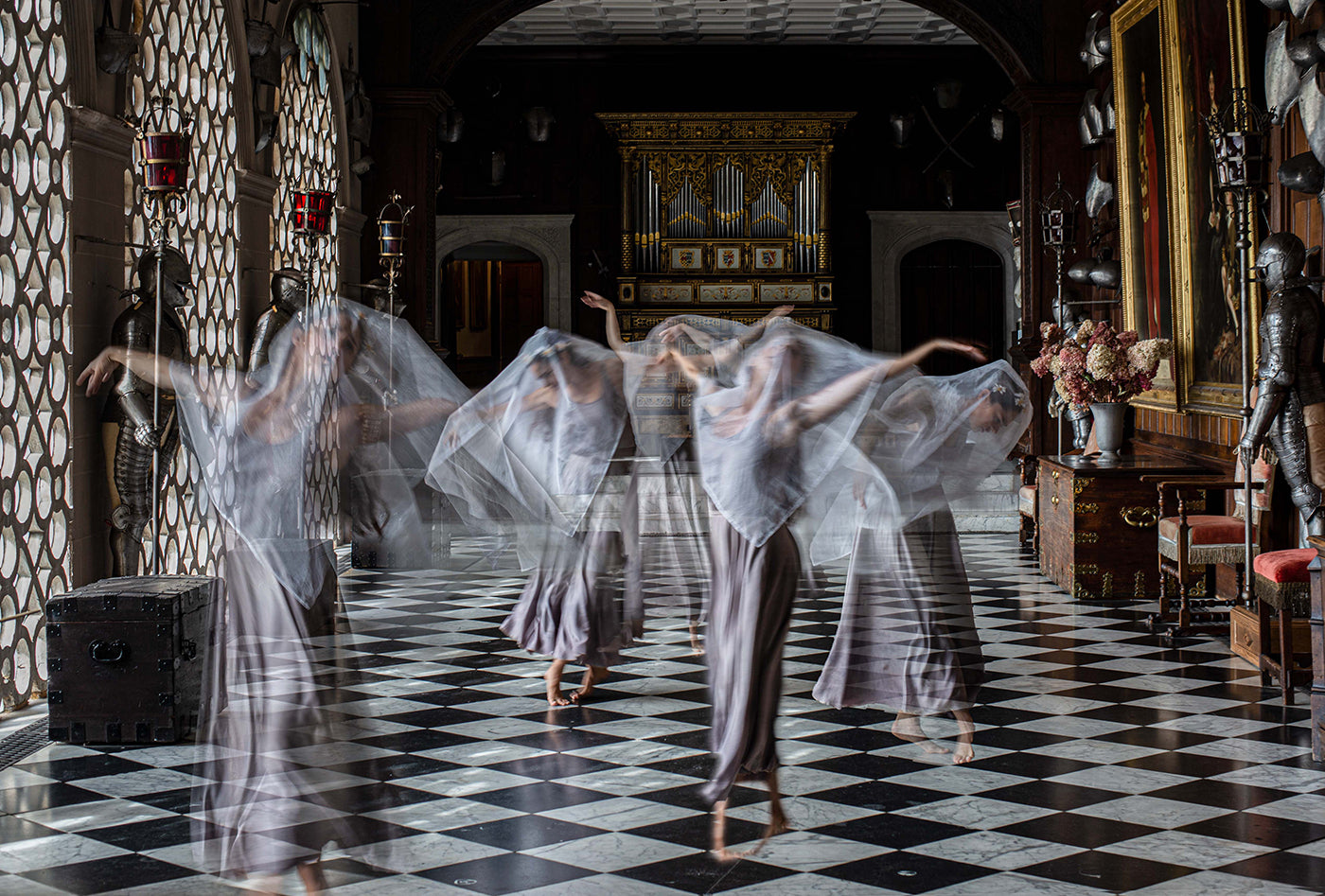Strong Foundations
The Sun King not only invented ballet in its modern form but in 1713 also founded the oldest ballet academy in the world.
Plus
World-class review of ballet and dance.
Dance asks much of its spectators: there is a need for the intellectual side to work in tandem with the visceral. Which is why Yorke Dance Project's glorious film Dance Revolutionaries is a triumph from top to bottom—it's a feast for the senses. Filmed in various locations during the pandemic, there is as much to sate the casual dance fan as an aficionado. Director David Stewart has created a multifaceted work.
Performance
Place
Words



The Sun King not only invented ballet in its modern form but in 1713 also founded the oldest ballet academy in the world.
PlusThe Choreographic Platform Austria (CPA) held in Salzburg from 20–22 November 2025, has become a biennial focal point for contemporary dance in Austria.
PlusIt’s “Nutcracker” season at San Francisco Ballet—36 performances packed into three weeks—which means that the company is currently serving two distinct audiences.
PlusLast week I caught up with choreographer Pam Tanowitz and Opera Philadelphia’s current general director and president, countertenor Anthony Roth Costanzo to talk about “The Seasons,” the company’s latest production premiering at the Kimmel Center’s 600-plus seat Perelman Theater on December 19.
Plus
You remark on the appropriateness of the locations in the Cohan pieces. It could not be otherwise, given Yolande Yorke-Edgell’s devotion to Sir Robert, his work and legacy. He revealed that when he choreographed any piece, he visualised in detail the setting it was placed in.